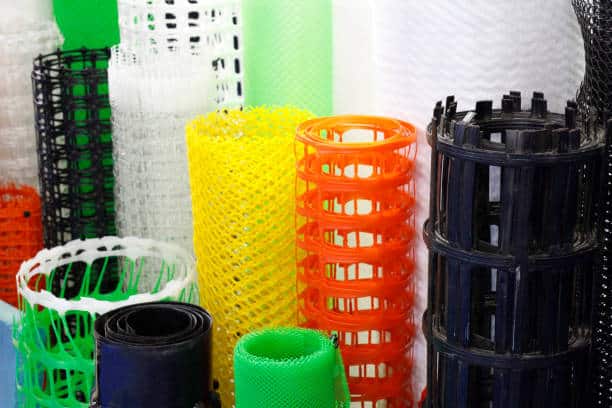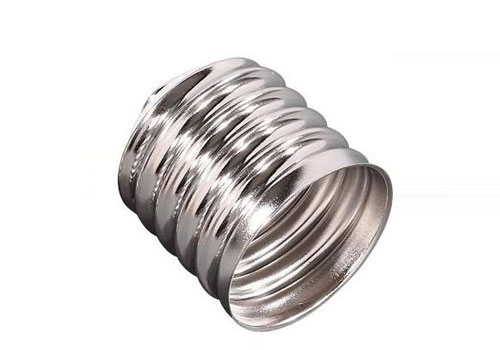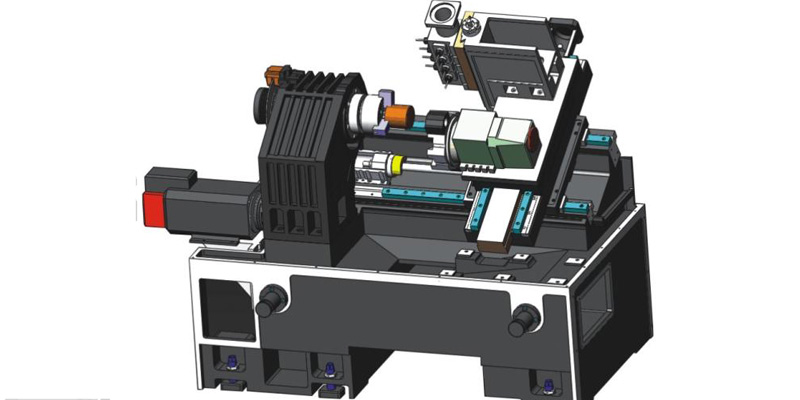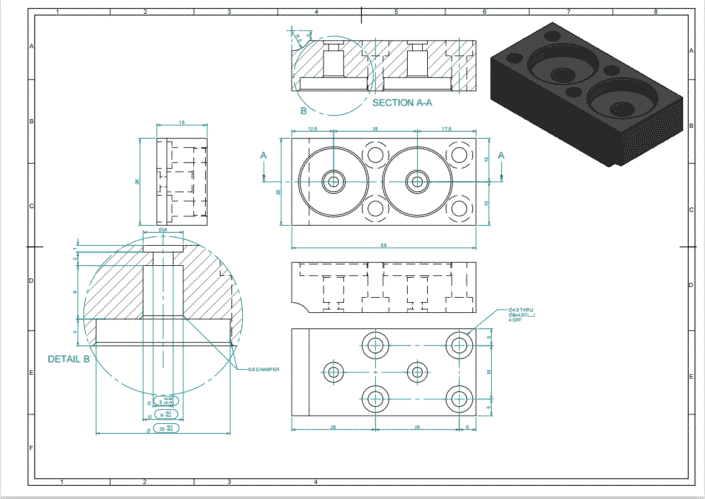Thermoplastics and Thermosets are two major kinds of polymers used in plastic injection molding, both of which are indispensable in the production of several commonplace items. The definitions and advantages of these two categories of materials will help you choose the right one for your task. In order to assist you in making informed sourcing selections and designing optimal products, this article will compare and contrast the features, advantages, and performance of thermosets and thermoplastics.
A Brief Introduction to Thermoset and Thermoplastic
To have a better grasp of the distinction between thermoplastic and thermoset polymers, it is necessary to first look at the features of each kind of material independently. As a result, let’s take a quick look at what each of them is, shall we?
What is Thermoplastic?
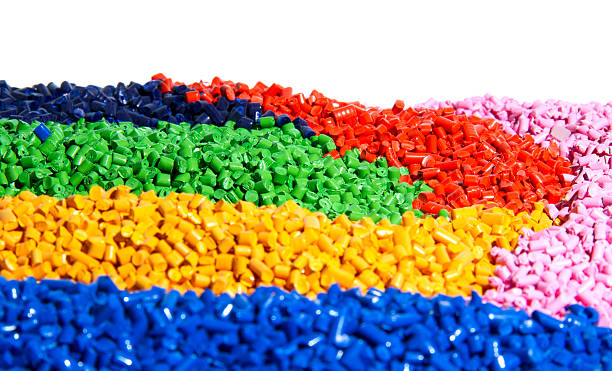
In chemistry, a thermoplastic is a material that remains solid at room temperature. However, when heated, the crystals dissolve, the glass transition temperature crosses, and the material becomes fluid. No chemical bonding is required for the processing of thermoplastics.
These resins may be poured directly into the mold and let to cool and harden into the desired form. They are offered in pellet form for easier handling and shaping. This means that the pellets may be remelted and reshaped an infinite number of times. These polymers may be reheated, recycled, and remolded without losing their original characteristics.
Plastic injection molding, thermoforming, and extrusion are all common uses for these materials. They typically have a high level of strength and elasticity and are resistant to shrinking. Some common types of thermoplastics are concluded below:
- Polyethylene terephthalate (PET)
- Polyamide (nylon)
- Polyvinyl Chloride (PVC)
- Polymethyl Methacrylate (PMMA, acrylic)
- Polytetrafluoroethylene (PTFE, Teflon)
- Polycarbonate (PC)
- Polyethylene (PE)
- Low-density Polythene (LDPE)
- High-density Polythene (HDPE)
- Polystyrene (PS)
- Polypropylene (PP)
- Acetal Copolymer Polyoxymethylene
- Acetal Homopolymer Polyoxymethylene
What is a Thermosetting Plastic?
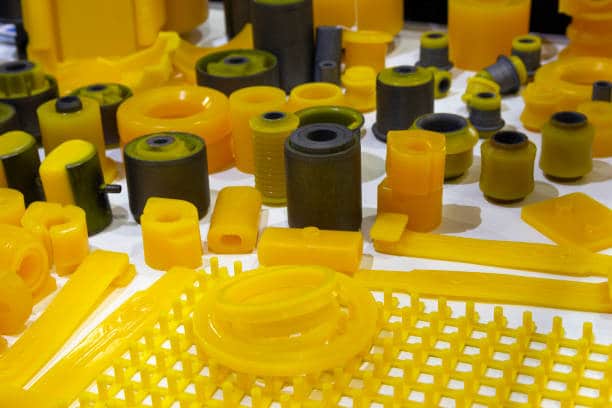
Most plastics are solid at ambient temperature, but thermosetting polymers, sometimes known as thermosets, are liquid. After being heated or treated with chemicals, these polymers harden. Furthermore, resin transfer molding, known as RTM, or reaction injection molding, referred to as RIM, is frequently used to create thermoset polymers. A permanent and unbreakable connection is formed between the material’s polymers as a result of crosslinking during this procedure.
Thermosets have excellent resistance to corrosion, heating, and mechanical creep after the first heat-forming process. Therefore, they are ideal for use in parts that must endure high temperatures, high pressures, or a combination of these factors while still maintaining a high strength-to-weight ratio.
As a result, no matter how high the temperature gets, the materials will not melt. Because of this, the material may be heated and formed into precise forms without losing its initial shape. However, if the materials are overheated while still in their solid state, they may deteriorate. Some common types of thermosets are shown as below:
- Polyurethane
- Polyester resin
- Epoxy resin
- Silicone
- Phenolics
- Urea formaldehyde
- Melamine formaldehyde
- Phenol formaldehyde resin (PF)
- Polyvinylidene fluoride (PVDF)
- Polytetrafluoroethylene (PTFE)
Processing of Thermoplastics and Thermosets
Processing of Thermoplastic
Injection molding, extrusion molding, thermoforming, and vacuum forming are just a few of the ways that thermoplastics may be treated.
To fill the mold, granular material is put in, often as spherical granules with a diameter of 3mm or so. Finally, these granules are heated to their melting point, which demands extreme heat.
Since thermoplastics are excellent thermal insulators, they need more time than conventional polymers to cool down during the curing process. This is why accelerated cooling is sometimes used, including showering with cold water or sinking into water baths, to produce a high output rate. By blowing cold air across the surface of thermoplastic plastic sheets, their surface temperature may be reduced. As the plastic cools, it contracts at a rate anywhere from 0.6% to 4% based on the material. For thermoplastics, the shrinkage rate is indeed stated since it significantly impacts the crystallization and inner structure of the material.
Processing of Thermosetting Polymer
Processing thermosetting resins when they are in their liquid state requires the use of heat. In order to complete the curing process, curing agents, hardeners, inhibitors, or plasticizers may be added to the resin, along with reinforcement or fillers, according to the desired final result.
Processing of Thermosetting Polymer Composites
Laminating is used to create thermosetting polymer composites, which are created by binding resins like epoxy, melamine, silicone, etc. while reinforcing base materials like glass, graphite, and linen.
The reinforcing substrate is immersed into the liquid resin binder just before the curing process begins. The layers of material are then partly cured by being baked after they have been bonded. Next, the layers are stacked to the desired thickness, then heated and pushed together to create a laminate. The sheets may also be used to make rods by being coiled together and heated.
The Difference between the Two
The curing step is when thermoplastics and thermosets really diverge from one another. When cured, thermosets become more durable, but their chemical connections prevent them from being remolded. Because no chemical bond is formed during curing, thermoplastics may be reshaped and reused. Thermosets are superior to thermoplastics in strength and temperature resistance because of their three-dimensional bonding.
Thermosets are distinguished from thermoplastics by their ability to maintain their strength and geometries when subjected to high temperatures. When subjected to high temperatures, thermosets generally disintegrate before melting. As a result of these characteristics, plastics may be utilized as a more affordable alternative to metals in a variety of contexts.
In summary, the physical qualities of thermosets are often higher than those of thermoplastics. Still, they can’t be recycled and remolded.
Comparison of Properties of Thermoplastics & Thermosets
Here is a list showing the discrepancies between thermoplastics and thermosets with respect to features and properties.
| Features | Thermoplastics | Thermosets |
| Mechanical | The strength of thermoplastic comes from crystallinity. Elasticity and flexibility with improved impact (10x more than thermosets). | Strong and rigid. Brittle and inelastic. The strength of thermosets comes from crosslinking. |
| Molecular structure | Linear polymer: the molecular bonds are weak and are in a straight-chain formation. | Network polymers: strong chemical molecular bonds with a high level of crosslinking. |
| Melting point | Its melting point is below the degradation temperature. | Its melting point is higher than the degradation temperature. |
| Microstructure | In the solid state, they consist of hard crystalline and elastic amorphous regions. | In the solid state, they consist of thermosetting resin and reinforcing fibre. |
| Solubility | It is soluble in organic solvents. | It is insoluble in organic solvents. |
| Chemical resistance | Excellent resistance to chemical. | Resistant to heat and chemical. |
| Recyclability | Recyclable and reusable by heating and/or pressurization. | Unrecyclable |
Here are two tables displaying the advantages and disadvantages of thermoplastic and thermosetting plastic to help you know these two materials better.
Pros and Cons of Thermoplastics
| Advantages | Disadvantages |
| High quality aesthetic finish | Not suitable for all applications as a result of softening on heating |
| Corrosion tolerance | Usually more costly than thermosetting polymers |
| Resist chipping | |
| Chemicals and detergents resistance | |
| Resistant to high impact | |
| Good adherence to metals | |
| Can be recycled and reshaped | |
| Can make both rubbery and hardened crystalline surfaces |
Pros and Cons of Thermoset
| Advantages | Disadvantages |
| Good heat resistance at high temperatures | Not suitable for remolding or reshaping |
| Corrosion resistance | Cannot be recycled or reused |
| Water resistant | |
| High strength-to-weight ratio | |
| Wide variety of colors and surface finishes | |
| Excellent dimensional stability | |
| Typically low costly than parts fabricated from metals | |
| Enhanced structural integrity through variable wall thicknesses | |
| Lower setup and tooling costs than that of thermoplastics |
Thermoset vs. Thermoplastic: Your Project’s Best?
Thermoplastic and thermosetting plastics vary in a few key ways. These polymers may be made from many different materials and are used for many different tasks. With proper care and maintenance, there is no end to the usefulness of these materials. As a result, plastics, both thermoplastic and thermosetting, are great options for your products.
On the other hand, the items’ specifications determine the plastic utilized. Thermoset plastics are an excellent choice if you need your product to be temperature-stable under extreme conditions. Nevertheless, thermoplastics work well if you need a product that is resistant to corrosion.
Plastic Injection Molding Service – Trust Runsom Precision
Runsom is always ready to help you whenever you are perplexed with the selection of plastic for your project. Our experts will try their best to help you with their profound knowledge and skills and give you the best suggestion on your design, material selection, and manufacturing process.
Additionally, our facility features state-of-the-art machinery, making the entire process seamless and shortening cycle times. You will receive our exceptional plastic injection molding services at competitive prices. Partner with Runsom to get high-quality molded parts with a rapid quote today!
Other Articles You May be Interested in:

